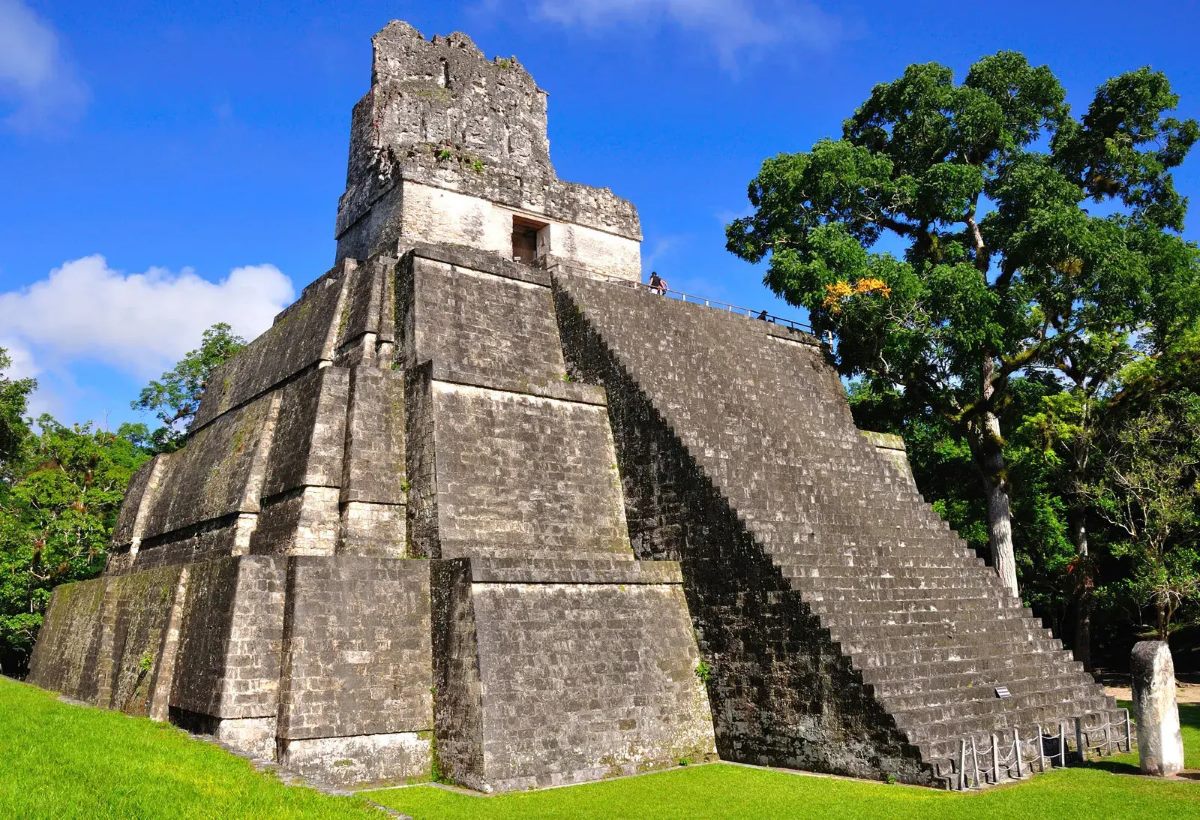
The Guatemalan Civil War was a brutal conflict that spanned over three decades, leaving a profound impact on the nation. From 1960 to 1996, this war saw government forces clashing with leftist guerrillas, resulting in widespread violence and human rights abuses. Why did this war start? The roots of the conflict lie in deep-seated social inequalities, political repression, and Cold War dynamics. Indigenous communities bore the brunt of the violence, with thousands of innocent lives lost. Understanding the Guatemalan Civil War is crucial for grasping the country's modern history and ongoing struggles for justice and reconciliation. Here are 12 key facts to help you comprehend this complex and tragic period.
The Guatemalan Civil War: A Brief Overview
The Guatemalan Civil War, a brutal conflict lasting from 1960 to 1996, left a profound impact on the country. Understanding its complexities helps grasp the struggles and resilience of the Guatemalan people.
-
The war began in 1960 when leftist insurgents, inspired by the Cuban Revolution, took up arms against the government.
-
Over 200,000 people died or disappeared during the conflict, with the majority being indigenous Maya civilians.
Key Players in the Conflict
Several groups played significant roles in the Guatemalan Civil War. From government forces to guerrilla fighters, each had distinct motivations and methods.
-
The Guatemalan government, supported by the United States, aimed to suppress communist influence and maintain control.
-
The guerrilla groups, like the Guerrilla Army of the Poor (EGP) and the Revolutionary Organization of the People in Arms (ORPA), fought for social justice and land reform.
Human Rights Violations
The war was marked by severe human rights abuses, affecting countless innocent lives. These violations remain a dark chapter in Guatemala's history.
-
The government conducted scorched-earth campaigns, destroying entire villages suspected of supporting guerrillas.
-
Massacres, such as the one in Dos Erres in 1982, resulted in the deaths of hundreds of civilians, including women and children.
International Involvement
Foreign nations played crucial roles in the Guatemalan Civil War, influencing its course and outcomes.
-
The United States provided military aid and training to the Guatemalan government, fearing the spread of communism in Latin America.
-
Cuba and other socialist countries offered support to the guerrilla movements, hoping to inspire similar revolutions.
The Peace Process
Ending the war required extensive negotiations and international mediation. The peace process was a significant milestone for Guatemala.
-
The United Nations played a key role in facilitating peace talks between the government and guerrilla groups.
-
The signing of the Peace Accords in 1996 marked the official end of the conflict, promising reforms and reconciliation.
Aftermath and Legacy
The war's aftermath continues to shape Guatemala's society and politics. The legacy of the conflict is evident in various aspects of life.
-
Many former guerrillas integrated into political life, forming parties like the Guatemalan National Revolutionary Unity (URNG).
-
Efforts to address war crimes and human rights abuses persist, with trials and investigations seeking justice for victims.
Reflecting on the Guatemalan Civil War
The Guatemalan Civil War left a lasting impact on the country and its people. Spanning over three decades, this conflict saw countless lives lost and communities torn apart. The war highlighted deep-rooted issues like social inequality, political corruption, and human rights abuses. Despite the turmoil, the resilience of the Guatemalan people shone through, leading to peace accords in 1996. These agreements aimed to address the underlying causes of the conflict and pave the way for a more just society.
Understanding this period is crucial for grasping Guatemala's current challenges and progress. The war's legacy continues to influence the nation's political landscape, social dynamics, and cultural identity. By learning about this history, we can better appreciate the strides made toward peace and the ongoing efforts to build a brighter future for all Guatemalans.
Was this page helpful?
Our commitment to delivering trustworthy and engaging content is at the heart of what we do. Each fact on our site is contributed by real users like you, bringing a wealth of diverse insights and information. To ensure the highest standards of accuracy and reliability, our dedicated editors meticulously review each submission. This process guarantees that the facts we share are not only fascinating but also credible. Trust in our commitment to quality and authenticity as you explore and learn with us.


